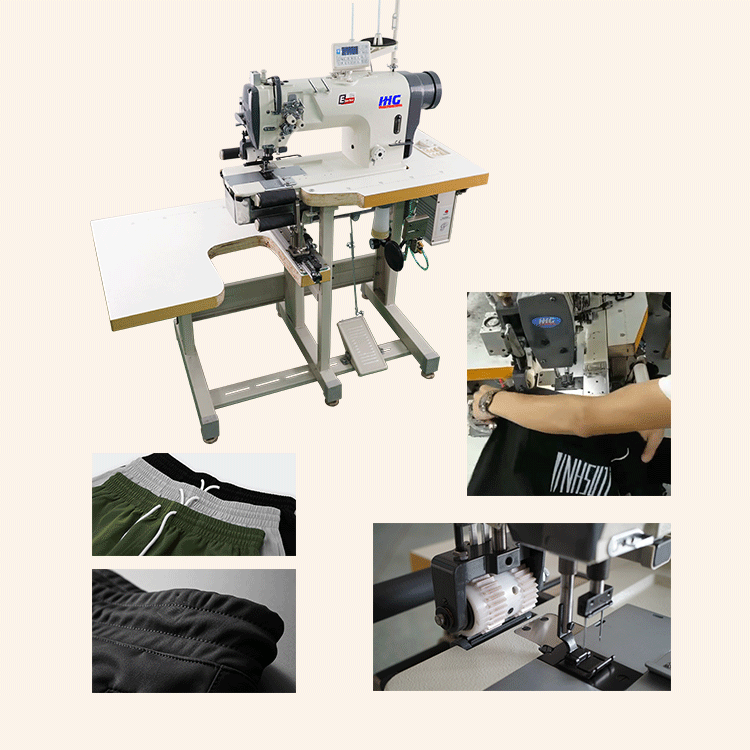
Elastic cloth is popular in the market. Customers who buy jeans need to see if there is elasticity. Elastic cloth is favored by the majority of users because of its flexibility. However, elastic cloth will slip when sewing. If you don't master the method well, there will be jumping in the sewing process. Therefore, by adding a pneumatic telescopic brace, the elastic material is stretched to a state that is not easy to slip, and the material is assisted by the rear tugboat device. Because the whole machine is cylindrical, it is convenient for the operator to directly insert the elastic material and sew it together, which improves the overall efficiency.
For sewing elastic waistband inside pants or jeans, we`ll be glad to help you with this machine. Please don`t hesitate to contact us anytime.
elastic waistband jeans, elastic waistband pants, sewing an elastic waistband, sewing elastic waistband on pants, sewing elastic waistband
DONGGUAN CHUANGHUI SEWING MACHINE CO.,LTD , https://www.ch-sewing.com
